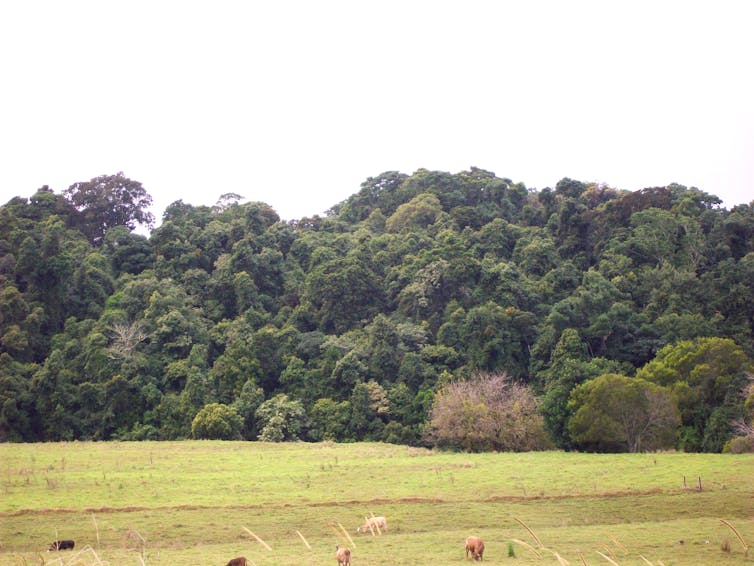
New research from Charles Darwin University (CDU) has revealed that the populations of false killer whales identified across northern Australian coastal waters are more than likely a unique coastal population of dolphins and need protection.
The research, published in Frontiers in Marine Science, revealed that false killer whales DNA sampling in coastal waters from Cobourg to the Kimberley, WA, did not mix with their oceanic cousins. However, genetic testing revealed that some of the Northern Australian false killer whales shared genetic coding with Endangered populations in Hawaii.
Lead research and CDU marine biologist Dr Carol Palmer said there was little known about Northern Australia’s populations and how they interacted with other populations of false killer whales.
“Surprisingly, the satellite tracking and genetic testing showed no interaction between coastal and oceanic populations,” Dr Palmer said.
“The tracking and genetic testing did show that the false killer whales covered a huge range across Northern Australia.”
According to the tracking data along Groote Eylandt, the total distance travelled was 1,614km over 23 days and 2,424km over 67 days, while the distance from shore was measured between 200 metres to 40 kilometres offshore.
“These are social animals, but they are usually within small, well-defined groups,” Dr Palmer said.
The tracking findings were supported by the genetic testing of two live pods of animals and the sample of two stranded animals (Cobourg Marine Park, NT and Kimberley, WA).
“What was interesting was that one of the tested animals showed that it had links with the coastal population in Hawaii, which is classified as Endangered (under USA legislation),” Dr Palmer said.
According to America’s ³Ô¹ÏÍøÕ¾ Oceanic and Atmospheric Administration (NOAA), the insular false killer whale populations (two coastal populations) around the Hawaiian island chain is less than 200 and 500 individuals.
Dr Palmer said the Northern Australian research into false killer whales’ range and genetic makeup suggested that could also be the case here in Australia.
“We just don’t have the data to understand the fasle killer whales populations, , to make informed decisions on issues that may impact them,” she said.
She said this research has proved that many populations of dolphins and whales are geographically and genetically unique, and their population and distribution need to be understood for their protection.
First Nations rangers from across the Top End (and the Kimberley), including rangers who were part of the false killer whale research, are meeting in CDU’s Waterfront campus this week to discuss the findings of this latest study and ongoing marine megafauna work to be carry out in the unique sea country of the NT.
Read the.








